The sheep-shearer: 'If you tell people what you do, they often don’t know what it involves'
Sheep-shearers are a dying breed, but Ashley Story relishes the back-breaking work. He spoke to Tessa Waugh; portraits by Richard Cannon.
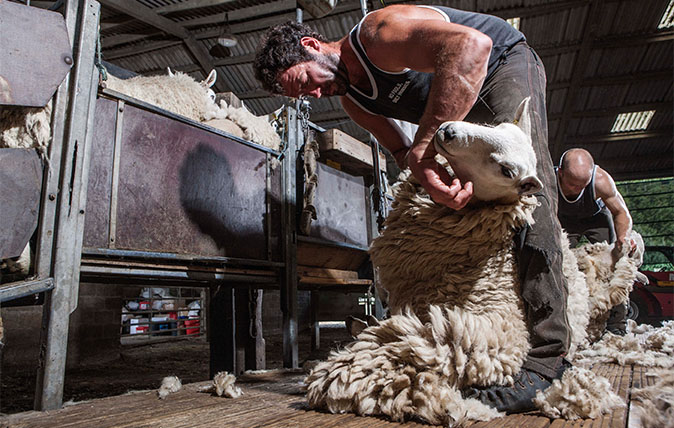

Ashley Story first held a pair of clippers when he was 12 years old.
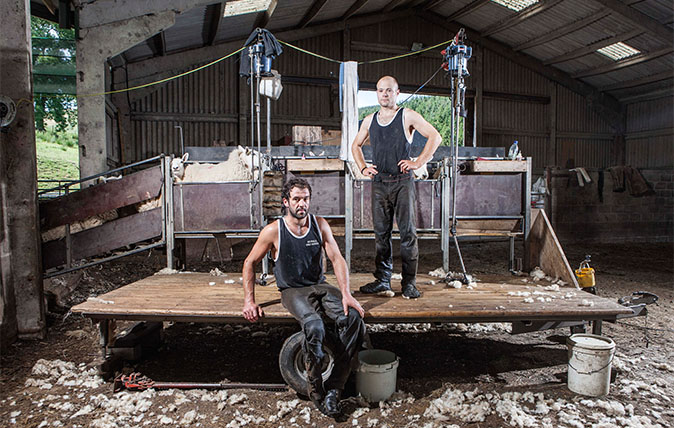
‘My father provided the footings for my career. He clipped his own sheep when he was younger and taught me as soon as I was old enough,’ he explains.
Mr Story was 19 when he started clipping sheep professionally and the job has taken him all over the world, to the Falkland Islands, New Zealand, Australia, Denmark and Norway.
‘I like meeting new people and seeing different parts of Britain and the world,’ he enthuses. ‘We begin the season in early May in Worcestershire, then work our way up to Cumbria, Dumfries and Galloway and the Scottish Borders. After that, we go abroad.’
No one ever said that shearing was an easy job. On a good day, Mr Story and his fellow shearer (he always works with one other person) clip as many as 300 to 400 sheep, often working long days, sometimes seven days a week.
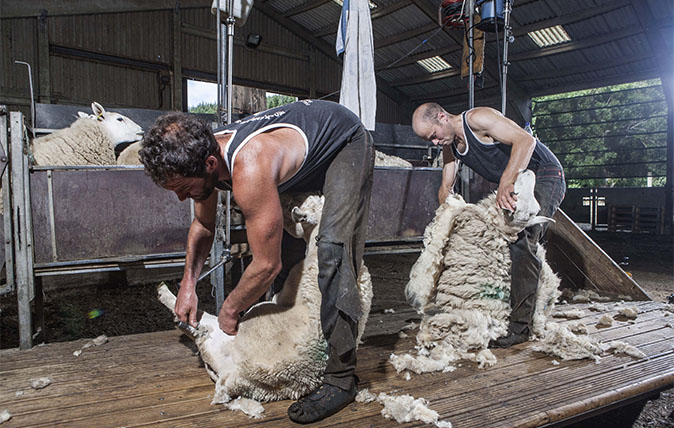
Perhaps it’s no wonder that the next generation isn’t that keen on the career. ‘There’s a definite lack of young shearers coming along, but then I suppose not every-one is cut out for hard work,’ Mr Story laments. He’s also conscious that, as a profession, sheep-shearing doesn’t attract the recognition it deserves. ‘In other countries, it’s a respected role,’ he asserts. ‘If you tell people over here what you do, they often don’t know what it involves.’
Mr Story is, however, confident about the future. ‘You can carry on shearing into your fifties and sixties if you look after yourself, but I’m saving up for the future. Farming is where my heart is.’
Exquisite houses, the beauty of Nature, and how to get the most from your life, straight to your inbox.
The British Wool Marketing Board runs sheep-shearing courses. Visit www.britishwool.org.uk/shearing

The neon sign maker: 'Piccadilly Circus was our answer to Vegas – now it's all pixellated screens'
This week's Living National Treasure is Marcus Bracey, the man behind the neon signs that light up our cities. He

Credit: Living National Treasure: The Glassblower - ©Country Life/Richard Cannon
The Glassblower: 'When something goes wrong you can't fix it – you just sling in into the bosh bucket and start again'
Ian Shearman's team of glassblowers are still making glass using a technique that's 2,000 years old. Mary Miers found out
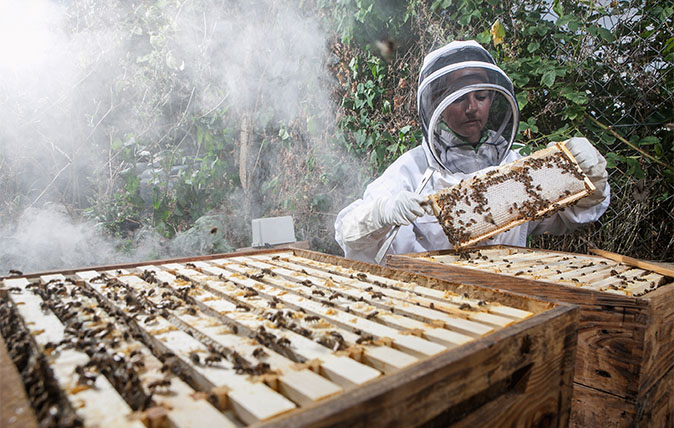
The beekeeper: 'There are few things better than a full comb of capped liquid gold'
Country Life is unlike any other magazine: the only glossy weekly on the newsstand and the only magazine that has been guest-edited by His Majesty The King not once, but twice. It is a celebration of modern rural life and all its diverse joys and pleasures — that was first published in Queen Victoria's Diamond Jubilee year. Our eclectic mixture of witty and informative content — from the most up-to-date property news and commentary and a coveted glimpse inside some of the UK's best houses and gardens, to gardening, the arts and interior design, written by experts in their field — still cannot be found in print or online, anywhere else.
-
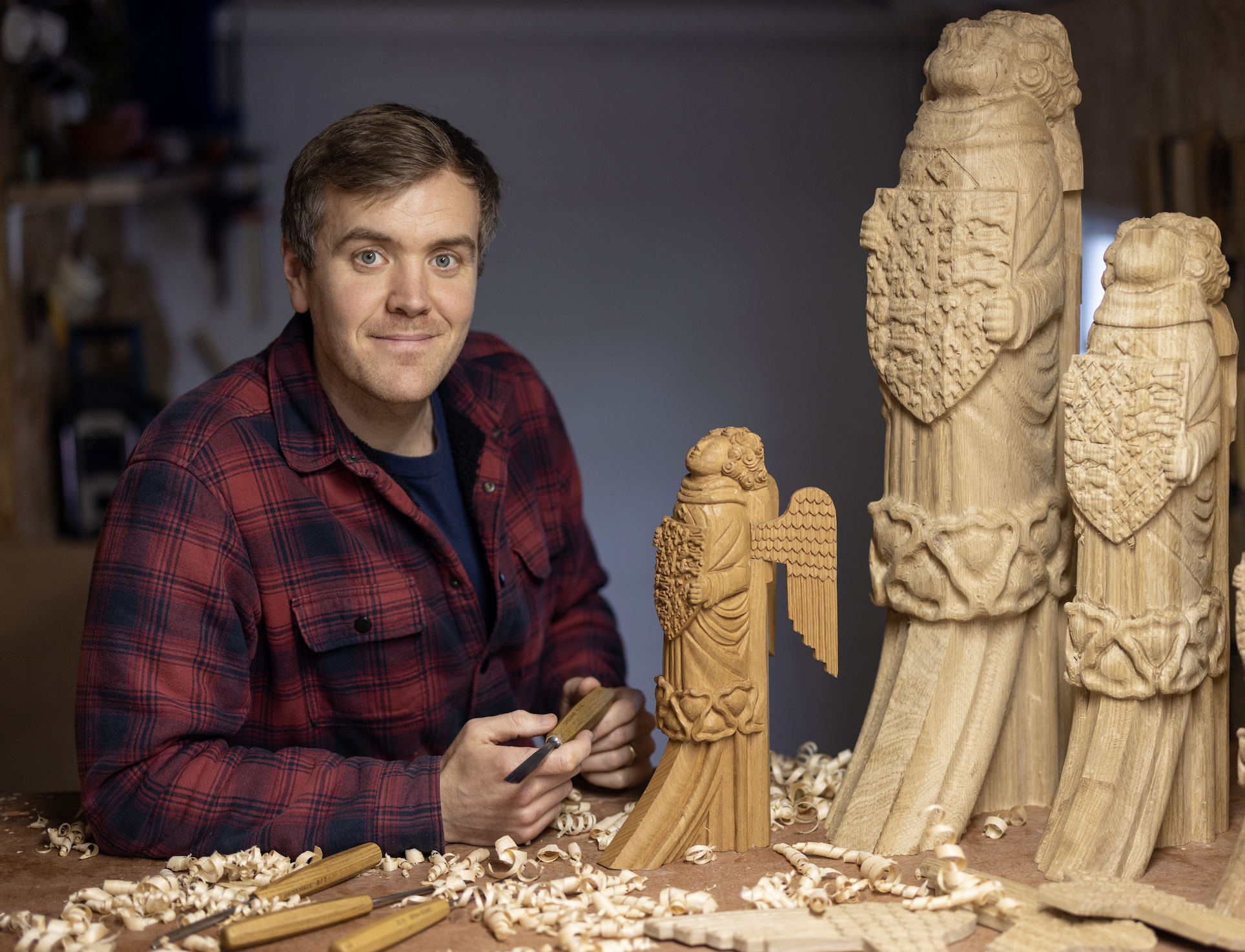 ‘Each one is different depending on what mood I’m in, how I'm feeling and how my energy is’ — meet the carver behind Westminster Hall's angel statues
‘Each one is different depending on what mood I’m in, how I'm feeling and how my energy is’ — meet the carver behind Westminster Hall's angel statuesBespoke woodcarver William Barsley makes unique scale replicas of the angels that gaze over Westminster Hall, the oldest part of the palace of Westminster.
-
 This house in glorious technicolour is the perfect antidote for the grey days of a British winter — so why don't more of us live in brightly coloured homes?
This house in glorious technicolour is the perfect antidote for the grey days of a British winter — so why don't more of us live in brightly coloured homes?It's not often that you see a home sporting the colour palette that you'd get if you hired a four-year old as your interior designer. But why not? The Blue House in Bethnal Green asks this and many more questions.
-
 The photographer walking 7,000 miles around the coast of Britain: 'After 450 days of walking I've not been bored once'
The photographer walking 7,000 miles around the coast of Britain: 'After 450 days of walking I've not been bored once'Quintin Lake has always loved walking, ever since trekking from Lands End to John O'Groats as a teenager. But his five-year epic journey around the coast of Britain has taken his love for getting out and about to a new level — as well as his love for our beautiful island.
-
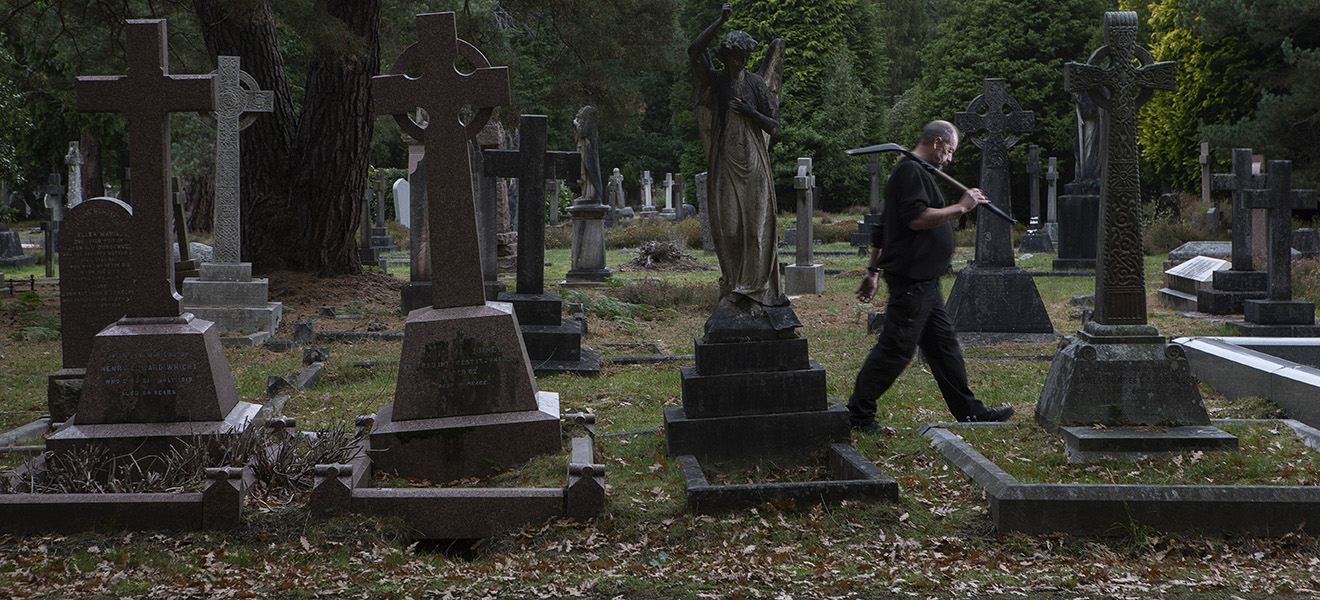 The gravedigger: Digging graves by hand, putting aside emotions and his hopes for his own final resting place
The gravedigger: Digging graves by hand, putting aside emotions and his hopes for his own final resting placeAlan Munnery has spent the last 20 years working as a gravedigger at one of Europe's biggest cemeteries, which happens to be just outside Woking. He spoke to Tessa Waugh; portraits by Richard Cannon.
-
 The hill shepherd: ‘I’m not sure where the shepherds of the future will come from’
The hill shepherd: ‘I’m not sure where the shepherds of the future will come from’Graham Oliver is proud of the profession handed to him by his grandfathers but with his children choosing different career paths, he doubts the future of shepherding. Tessa Waugh reports.
-
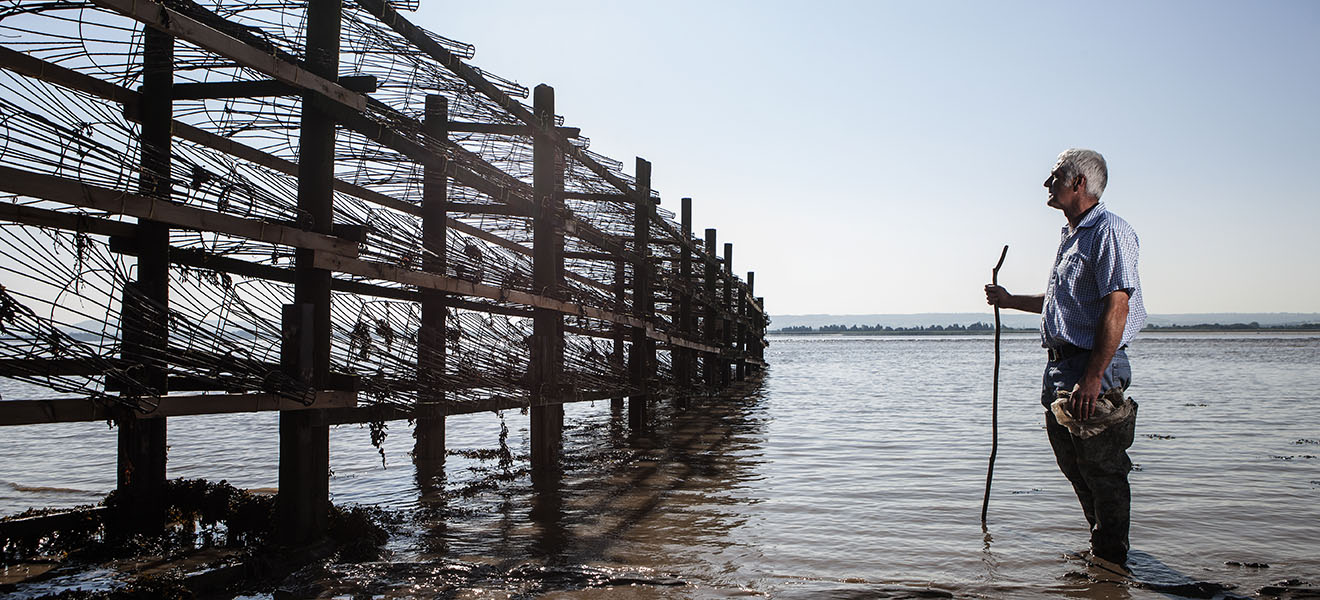 The putcher fisherman: Flying the flag for a dying way of life
The putcher fisherman: Flying the flag for a dying way of lifeChris Cadogan, as the only remaining fisherman to practice this medieval method on the Severn, laments the decline of the industry he has dedicated his life to preserving. Tessa Waugh reports, photographs by Richard Cannon.
-
 The racing-yard manager: ‘The hours sometimes get on top of you, but when you get the winners, it’s all worthwhile’
The racing-yard manager: ‘The hours sometimes get on top of you, but when you get the winners, it’s all worthwhile’A cabinetmarker by trade, Richard Leadley followed his love of horses to his current profession. Tessa Waugh reports, portrait by Richard Cannon.
-
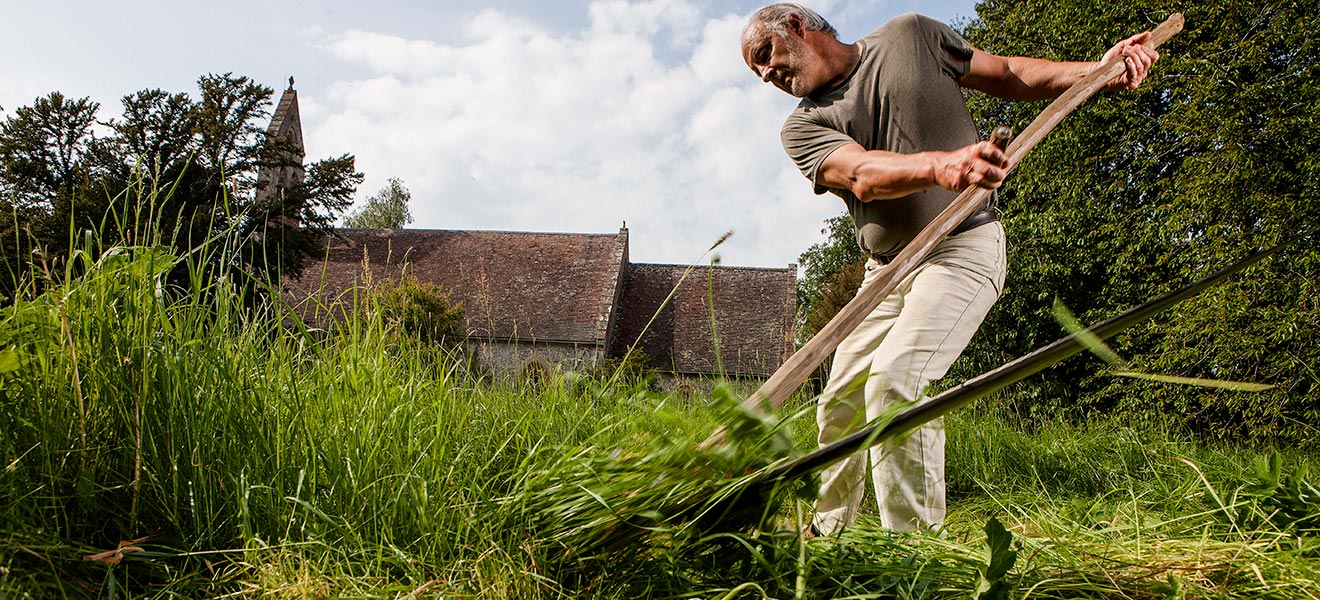 The Scyther: ‘We were up in arms about Poldark – his swing was all wrong’
The Scyther: ‘We were up in arms about Poldark – his swing was all wrong’Scything was almost forgotten until Aidan Turner’s turn in Poldark, but Nigel Adams says there’s still a place for it. He spoke to Tessa Waugh; portraits by Richard Cannon.
-
 The rare-chicken breeder: 'Watching hens having a dust bath is a delight'
The rare-chicken breeder: 'Watching hens having a dust bath is a delight'Andrew and Sue Bowden have been saving rare chicken breeds for 40 years. They spoke to Tessa Waugh; portraits by Richard Cannon.
-
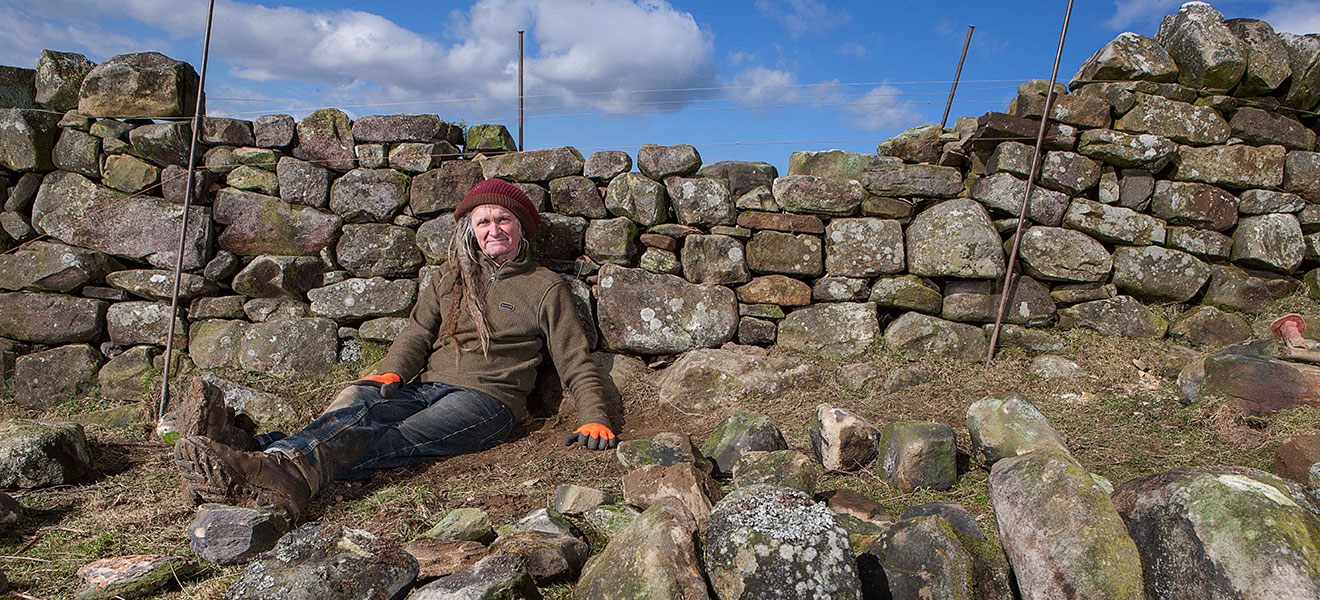 The dry stone wall builder: 'Every metre of wall contains a ton of stone. You really feel it after a hard week.'
The dry stone wall builder: 'Every metre of wall contains a ton of stone. You really feel it after a hard week.'This week's Living National Treasure is Anthony Gorman, a man who has spent his life building beautiful walls by hand across Northumbria. He spoke to Tessa Waugh; portraits by Richard Cannon.
